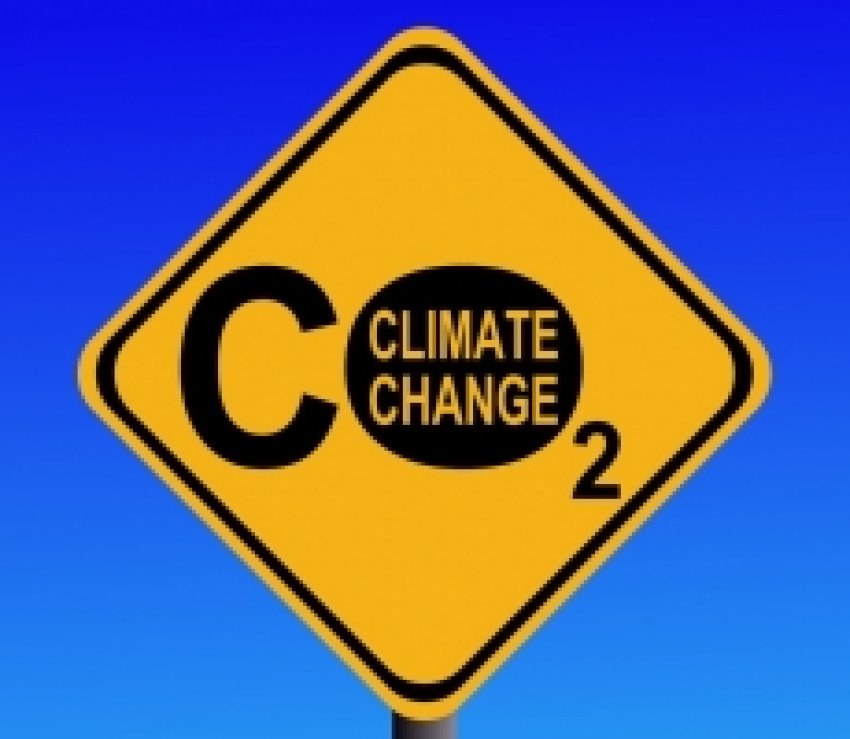
Action on climate change is one of the most important issues of all. But the Gillard government’s carbon price plan is not a serious response, grounded in the climate science.
The biggest problem is that it aims to take ten years to cut Australia’s emissions by just 5% (based on 2000 levels).
This is nowhere near enough. It’s so far from enough that even if it succeeds, the world will still be pushed into an unstable, dangerous climate system.
Most other developed countries have pledged much bigger emissions cuts than Australia. Yet most climate scientists say all the promised cuts put together will be too little, too late.
Visiting German climate scientist Hans Joachim Schellenhuber told told Lateline (archived by Internet Archive 14/07/2011)on July 12 that the Earth was on track for a 4°C temperature rise.
“Unfortunately, the political reality of climate diplomacy is telling us that we are on the wrong track,” he said. “Right now we are heading for a world which will warm up by three or four degrees by the end of the century, but even worse is in store if you go beyond 2100.
“We might have — on current course — to speak a warming of six to eight degrees by the year 2300 and that would be a completely different world.”
As part of the carbon price package, the government upped its long-term emissions cut target to 80% by 2050. But again, this is too little, too late. To avoid 2°C warming, scientists say we need to reach zero emissions in about ten years.
Once we pass 2°C, there is no going back to the old climate system. Climate feedback processes will kick in and begin to warm the planet faster. By then, the window we have to avoid runaway climate change will have closed.
No one can seriously say the government’s carbon price plan is dealing with this reality. It’s not designed to solve this problem.
There is no way to adapt to the changes that are coming — the melting ice sheets, the extreme weather, the climate refugees, the droughts, fires and floods.
Delaying action is a form of denial — a denial of the extent of the climate emergency and denial of the rapid changes needed to reach zero emissions.
This leaves the question as to whether Gillard’s plan is better than nothing. Much more needs to be done, but isn’t it at least a step in the right direction?
One part of the package is welcome news. The government will set aside about $5 billion in extra funding for renewable energy over ten years. It’s not enough, but investment in renewables is wise.
As for the carbon price plan itself, to say it is a good start means to downplay the bad precedents it sets.
First, the government will give billions in compensation to Australia’s biggest polluters, including the coal, steel and aluminium industries. And this despite the $10 billion the Australian government already gives in fossil fuel subsides each year.
The big polluters are winners under the plan. The money that goes to them could instead be invested in renewable energy. Friends of the Earth Australia called the payout “the greatest corporate windfall of our time” (archived by Internet Archive 26/07/2011).
Second, Australia’s carbon pollution is not expected to fall at all until the scheme becomes an emissions trading scheme in 2015. But Europe’s scandal-prone emissions trading scheme has not cut emissions sharply — and it’s been going for seven years.
Europe’s experience warns us that the theory behind emissions trading does not work in practice. To rely on emissions trading to do the job here is the same as locking in failure.
The big, mainstream environment groups behind the Say Yes Australia campaign are supporting the government’s carbon price, despite its faults. It’s a very risky strategy: they may win the battle to set up a carbon price, but they are on track to lose the climate change war.
If there is to be a solution to climate change, if we are to really drive emissions down, then governments must be made to pick sides. At the moment, aside from the small renewable energy budget, the Labor government still sides with fossil fuels. The Coalition opposition is worse.
A serious climate policy would have the government invest to replace dirty energy with clean energy. To get to a safe climate, public investment in clean energy, mass transit, energy efficiency and other measures will be essential.
Australia has the economic power and the clean energy resources to change quickly. We could say goodbye to fossil fuels and use the sun and the wind for all our energy.
Australia could develop a job-rich, renewable energy manufacturing industry employing many thousands. It could become a world-leader in climate action, and repay its climate debt to poorer countries who have been responsible for very few emissions but are already feeling the brunt of climate change.
We’re a long way from this now, but either this is the future or we have no future. It’s worth fighting for.
This future begins the day Australian political parties that support fossil fuel power are made unelectable, in the same way parties that support nuclear power are unelectable in Australia today.
Comments
Anonymous replied on Permalink